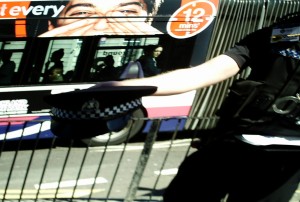Photo elicitation can be a means of accessing the unconscious but it is also a useful method for exploring personal narratives and social experiences. This builds on the abstract nature of taking photographs and reading photographs, and looks for meaning behind each image.
Closely linked to interventions such as life story work, narrative therapy, and a strengths based approach, photo elicitation recognises that everybody has past experiences which may involve a lot of “emotional baggage”, but this can be as a result of socially constructed expectations. This, in turn, may lead to stigmatisation if personal identity is poles apart from these socially constructed expectations.
One of the biggest advantages of using photographs to explore personal narratives is the accessibility of images as a form of communication as our society is bombarded by visual images constantly through TV, advertising, internet, films, and print media. Children develop visual skills long before linguistic skills which has been linked to brain development. Researchers have found photo elicitation to be a very useful tool when working with younger children as their visual abilities are much more advanced than linguistic ones.
Taking photographs also has a therapeutic value. The act of framing an image, pressing a shutter, and eventually printing off a final image will impact on the way the photographer views the world, as well as themselves. Research has shown that involving service users in photography boosts self-esteem and helps analyse the relationship between action and consequence.
Examples from practice:
Criminal Justice:
The participant stated she hated the police. She went out to take a photograph to represent something she did not like. When she came across this policeman she asked if she could take his picture and he said “no, not my face, but you can photograph my hat”, which she did. When she presented this picture to the group she began to discuss the role of police in society and identified that they were valuable to the community. Later she said that the interaction she had had with this policeman was the first positive one she had ever had.
Routine:
 This represents the stable things in life. Her dog is always there for her. She sees her as soon as she wakes up, walks her in the morning, she is waiting for her when she gets back from work, and goes out for a walk again in the evening. Last thing at night she curls up and sleeps beside her bed. She represents the routines in her life, and routine is important when you have come from chaos.
This represents the stable things in life. Her dog is always there for her. She sees her as soon as she wakes up, walks her in the morning, she is waiting for her when she gets back from work, and goes out for a walk again in the evening. Last thing at night she curls up and sleeps beside her bed. She represents the routines in her life, and routine is important when you have come from chaos.

